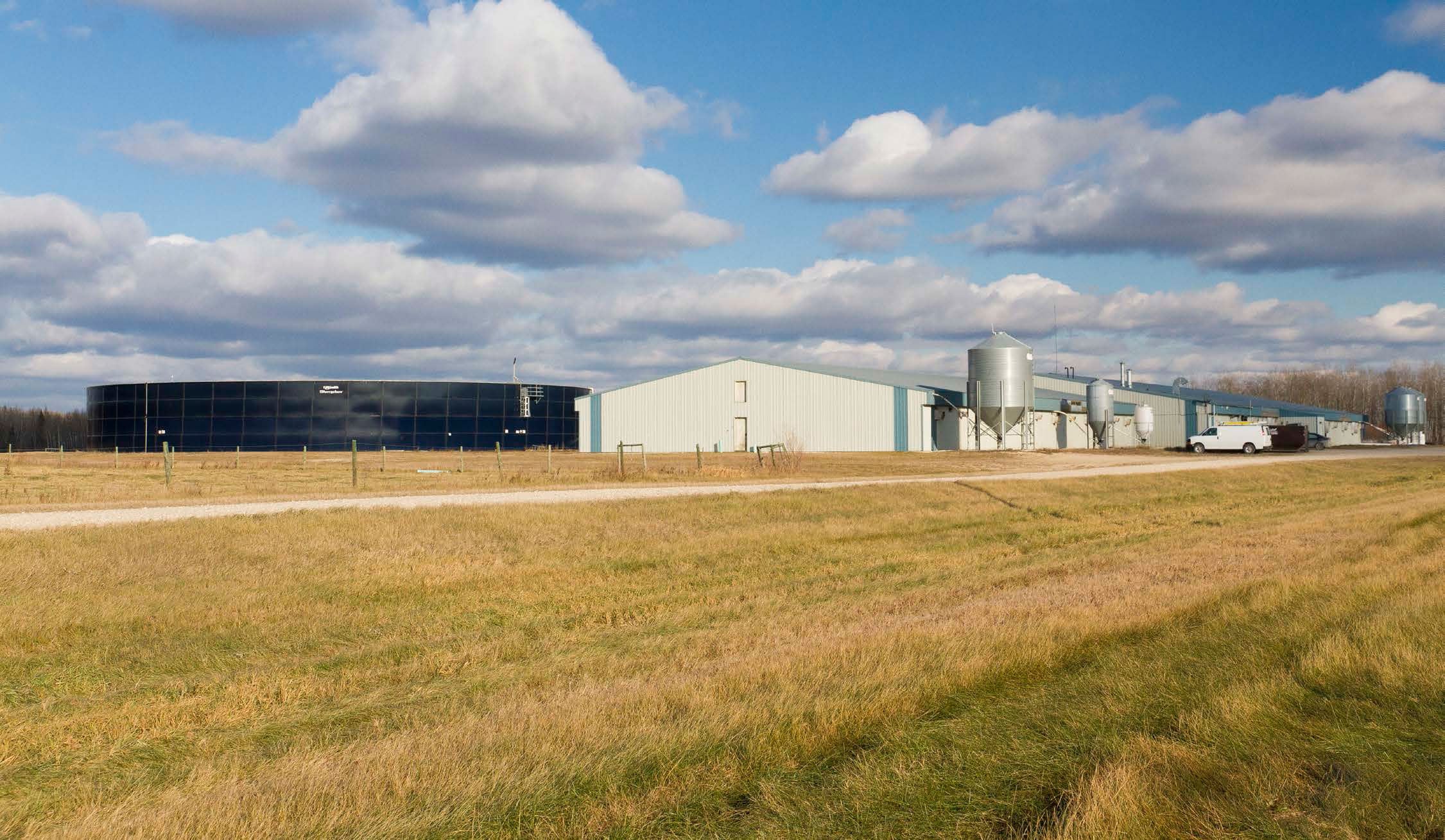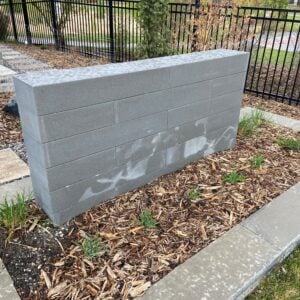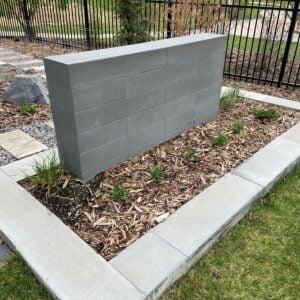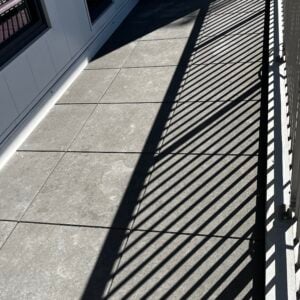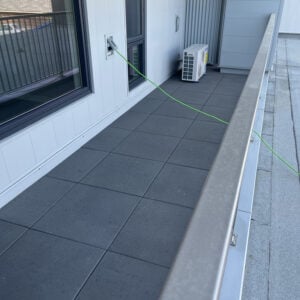Written by Barkman Concrete Published on July 10th, 2017
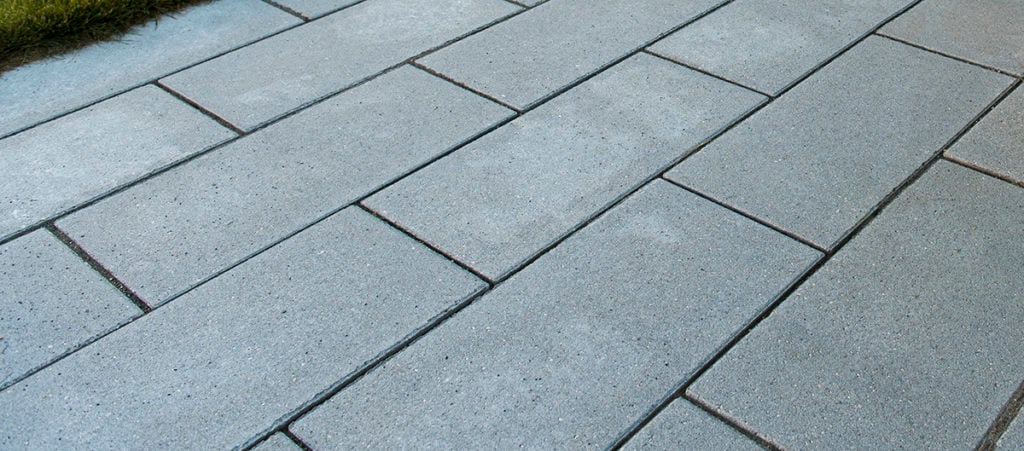
A common problem that often arises with newly installed pavers is the appearance of a white haze that won’t seem to come off. The most likely cause of this is a naturally occurring phenomenon called efflorescence.
What is Efflorescence?
Efflorescence occurs when water-soluble salts within concrete migrate to the surface and react with carbon dioxide to form calcium carbonate. This substance remains visible on the surface of the hardscape products like pavers, slabs and walls in the form of a white haze. It may be visible during the initial installation, but can also appear later, seemingly at random. It is not unusual for efflo to appear up to 24 months after the manufacturing date. While it is unsightly, it does not mean the pavers are of poor quality. Good manufacturers, including Barkman, try to limit its appearance using various techniques, but there is currently no manufacturing process that can eliminate it.
The Scrub Method
Over time, efflorescence will eventually wear away or disappear, usually within 3-6 months, although it can take much longer depending on the circumstances. Aside from merely waiting for the efflorescence to run its course, there are several ways a homeowner can remove it. Regular scrubbing with a stiff brush and water will help to loosen and wash away some of the deposits, shortening the time it takes for the stains to disappear. A power washer will also remove staining, although too much pressure can damage the pavers, so care is needed.
Cleaning Solutions
Various chemical solutions formulated to remove efflorescence are also available. Generally, these products won’t affect your pavers’ colour but should be tested on a small area according to instructions on the label before being used on a larger surface. Many contractors also offer cleaning services if you are uncomfortable cleaning your driveway yourself.
Regardless of the chosen method, additional cleanings may be required as more salts rise to the surface. However, with repeated washings, your pavers can be kept stain-free until the salt deposits have been exhausted, at which point the pavers will remain free of efflorescence for the life of your pavers.
A Note on Haze and Sealed Pavers
If a white haze appears on sealed pavers, it is less likely that the white spots are efflorescence but rather, water condensation collecting underneath the sealer. Removal is still possible, but a chemical solution is required. If your sealer is oil-based, the fix is to re-emulsify the sealer with Xylene. This product is a solvent that will turn the sealer back into a liquid so that the moisture beneath the sealer can dry off before the sealer re-cures. If it’s a water-based sealer, a specialized sealer stripper like Gator Sealer Stripper should be used to remove the sealer so that the water underneath can dry before resealing.
If you need clarification on anything we’ve covered here, please feel free to contact us. We’re always on hand to answer any questions you might have.
Some Examples of Cleaning up Efflorescence
Here are two before and after examples of products that had efflorescence and were cleaned with a chemical solution. For under $100, you can pick up a cleaning solution and your pavers will look improved with a little bit of scrubbing! You can find cleaning solutions at some of our Dealer locations.
For any questions on efflorescence, contact our Quality Team at [email protected]










